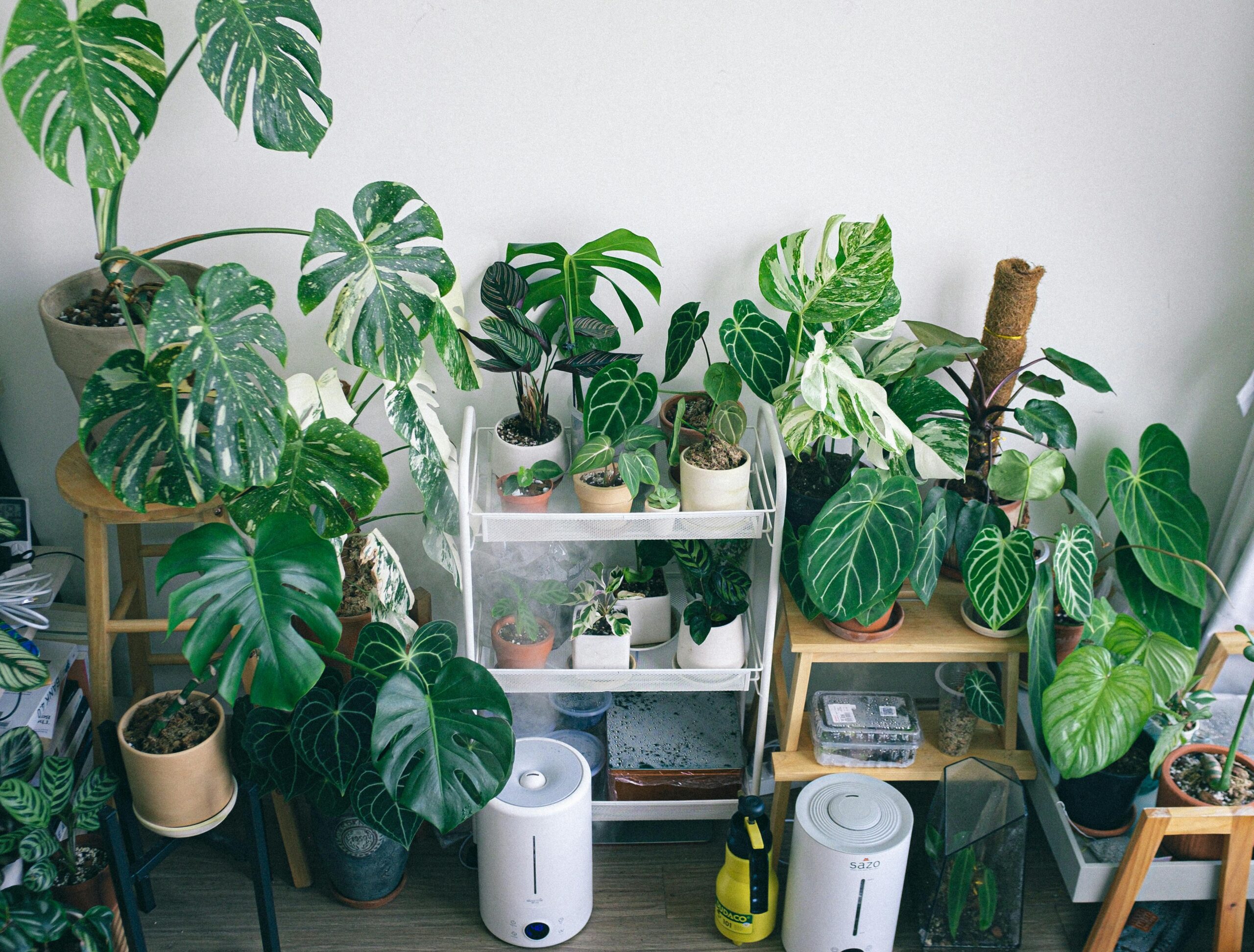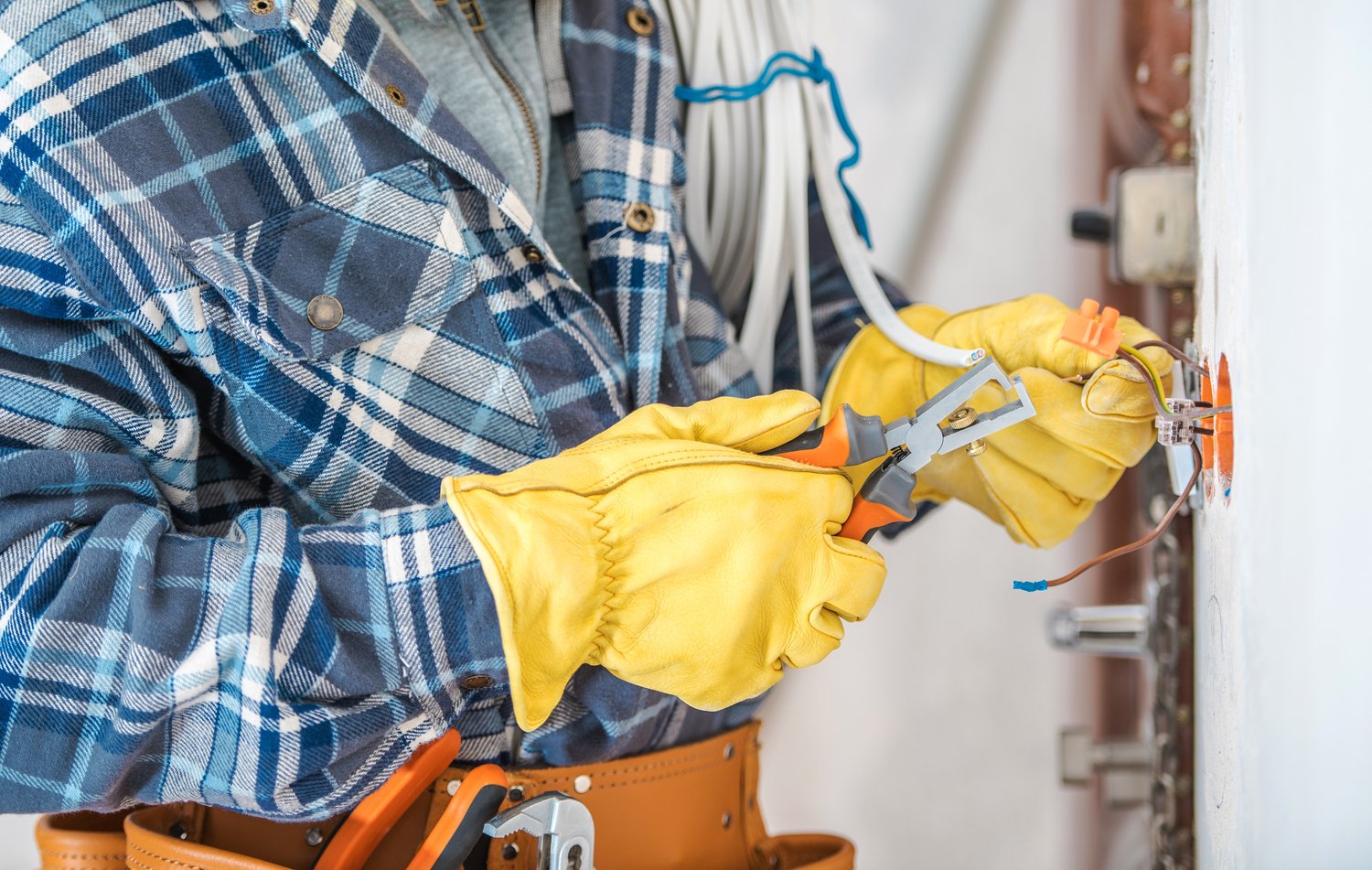The air inside our homes significantly impacts our health, comfort, and overall wellbeing. Many homeowners are surprised to learn that indoor air can be two to five times more polluted than outdoor air, according to the EPA. Managing indoor air quality involves controlling humidity levels and reducing airborne contaminants. This article explores how humidifiers, dehumidifiers, and air purification systems work together to improve indoor air quality and create a healthier living environment.
Understanding Indoor Air Quality Challenges
Indoor air quality (IAQ) issues stem from various sources, including household chemicals, building materials, inadequate ventilation, and biological contaminants. Poor IAQ can trigger allergies, respiratory problems, headaches, and fatigue. Humidity levels play a crucial role—excessive moisture encourages mold growth and dust mites, while overly dry air irritates mucous membranes and skin. Recognizing these challenges is the first step toward implementing effective solutions to improve indoor air quality in your home.
The Role of Whole-House Humidifiers
During winter months, heated indoor air often becomes uncomfortably dry, leading to static electricity, cracked woodwork, and respiratory discomfort. A whole-house humidifier benefits homeowners by introducing moisture throughout the entire home via the HVAC system. Unlike portable units that serve single rooms, these systems maintain consistent humidity levels throughout your living space. Whole-house humidifier benefits include reduced heating costs (as properly humidified air feels warmer), preservation of wood furniture and flooring, and decreased susceptibility to respiratory infections. These systems require professional installation but offer convenience through automatic operation and minimal maintenance compared to portable alternatives.
Controlling Excess Moisture with Dehumidifiers
Conversely, excessive humidity—particularly common in basements, bathrooms, and laundry rooms—creates ideal conditions for mold, mildew, and dust mites. Installing a dehumidifier for basement spaces prevents moisture-related problems that can compromise structural integrity and air quality. Dehumidifiers extract excess moisture from the air, collecting it in a reservoir or directing it to a drain. Modern units feature humidity sensors, auto-shutoff capabilities, and energy-efficient operation. When selecting a dehumidifier for basement areas, consider the square footage, typical humidity levels, and drainage options. Proper sizing ensures efficient moisture control without excessive energy consumption.
HEPA Air Purifier Review and Considerations
High-Efficiency Particulate Air (HEPA) filtration represents the gold standard for removing airborne particles. Any comprehensive HEPA air purifier review will highlight their ability to capture 99.97% of particles as small as 0.3 microns, including dust, pollen, pet dander, and some bacteria. When evaluating these systems, consider factors like Clean Air Delivery Rate (CADR), room size coverage, filter replacement costs, and noise levels. Some premium models incorporate additional technologies like activated carbon filters to address odors and gaseous pollutants. For maximum effectiveness, place air purifiers in frequently used spaces like bedrooms and living rooms, and ensure doors and windows remain closed during operation to maintain filtered air quality.
Advanced Solutions: UV Light Air Purification
While HEPA filters excel at particle removal, UV light air purification targets biological contaminants like bacteria, viruses, and mold spores. These systems typically integrate into existing HVAC equipment, exposing passing air to ultraviolet radiation that damages the DNA of microorganisms, rendering them harmless. The effectiveness of UV light air purification depends on exposure time, light intensity, and air movement rate. Many homeowners combine this technology with conventional filtration for comprehensive protection. Though typically invisible to occupants, these systems require periodic bulb replacement (usually annually) to maintain germicidal effectiveness. When considering installation, consulting with IAQ specialists through platforms like AskHomey can help determine if this technology suits your specific needs.
Creating a Comprehensive IAQ Strategy
Rather than relying on a single approach, most homes benefit from combining strategies. Consider seasonal needs—humidification during winter heating seasons, dehumidification during humid summer months, and year-round air purification. Regular HVAC maintenance, including filter changes and system cleaning, supports these dedicated IAQ appliances. Additionally, source control (reducing pollutant introduction) and improved ventilation complement filtration efforts. Smart home technology now allows integration of IAQ equipment into home automation systems, providing real-time monitoring and automatic adjustments based on indoor conditions.
Maintaining Your IAQ Equipment
Even the best equipment requires proper maintenance to perform effectively. Replace filters according to manufacturer recommendations—typically every 3-6 months for HEPA systems. Clean humidifier and dehumidifier reservoirs regularly to prevent microbial growth. Inspect UV bulbs annually and replace as needed. Many homeowners schedule professional IAQ assessments alongside regular HVAC maintenance to ensure systems operate at peak efficiency. This preventive approach extends equipment lifespan while ensuring consistent air quality benefits.
For more tips and to connect with reliable home service professionals, follow AskHomey on Facebook and Instagram.



